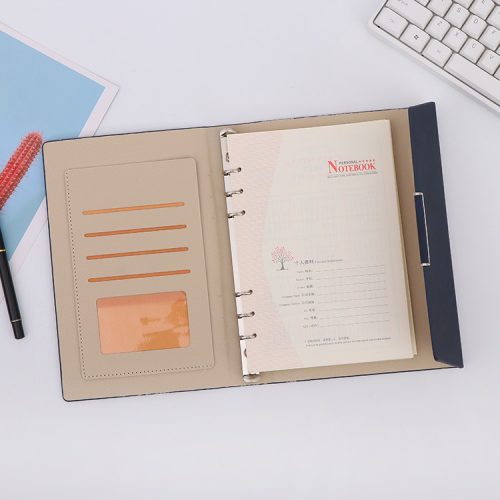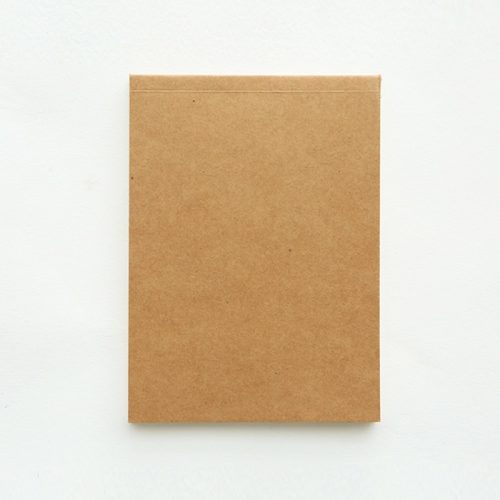Pencil grades refer to the hardness or softness of the graphite core inside a pencil. Pencils come in a range of grades, each designated by a combination of letters and numbers. Understanding pencil grades and choosing the right hardness for your needs is crucial for achieving the desired results in your drawing or writing. Here’s an explanation of pencil grades and how to choose the right hardness:
1. H Grades (Hard):
- H grades, such as 2H, H, and 3H, have harder graphite cores.
- These pencils produce light, fine lines with minimal smudging.
- They are ideal for technical drawings, drafting, and tasks requiring precision and fine details.
- H pencils are less suitable for shading or creating dark, bold lines.
2. F Grade (Fine Point or Firm):
- F-grade pencils are slightly harder than HB (medium) pencils but not as hard as H-grade pencils.
- They offer a balance between precision and shading ability.
- F-grade pencils are versatile and suitable for general writing, sketching, and technical drawing.
3. HB Grade (Medium):
- HB is considered the middle point on the hardness scale.
- It’s the most common and versatile pencil grade.
- HB pencils produce a moderate, dark line and are suitable for a wide range of tasks, including writing, sketching, and drawing.
4. B Grades (Soft):
- B grades, such as 2B, 4B, and 6B, have softer graphite cores.
- They produce darker lines and are ideal for shading, sketching, and artistic drawing.
- The higher the B number, the softer and darker the pencil’s mark.
- B-grade pencils can smudge more easily and may require more frequent sharpening.
5. 2B and Softer Grades (Extra Soft):
- Pencils with 2B and softer grades, like 4B and 6B, are very soft and dark.
- They are excellent for achieving rich, expressive lines, shading, and creating dramatic contrasts.
- These pencils are commonly used by artists for creating bold and textured drawings.
Choosing the Right Hardness:
- Task and Purpose: Consider the task at hand. For technical or precise work, like drafting or fine lines, choose H or F grades. For sketching or shading, go for B grades or softer options like 2B, 4B, or 6B.
- Paper Type: The type of paper you use can affect the pencil’s performance. Softer pencils (B grades) may work better on rough or textured paper, while harder pencils (H grades) are suitable for smoother surfaces.
- Personal Preference: Your personal style and preferences also play a role. Experiment with different grades to find the one that feels most comfortable and suits your artistic or writing style.
- Blending and Layering: If you plan to blend or layer pencil marks, consider using a range of grades. Starting with a harder pencil for initial outlines and gradually moving to softer grades for shading can produce dynamic results.
Remember that pencil grades are a tool for your creativity, and there’s no one-size-fits-all answer. Over time, as you gain experience, you’ll develop a better sense of which pencil grade is right for your specific projects and artistic vision.


